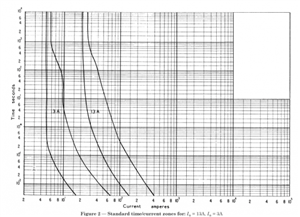Had an interesting chat with a tech dept this afternoon
Zoomup:
Any switch controlling a 13 Amp socket must be able to carry at least 13 Amps. That is what the 13 Amp socket can supply. A grid switch rated at 16 or 20 Amps could be used. It would be bad practice to use a grid switch rated at 6 or 10 Amps to supply a 13 Amp socket if the socket could be used by any unknown appliance. I suppose that the cooker hood is a very low consumption load and the control switch could be rated at 6 Amps., but why bother?
Z.
wallywombat:
Bear in mind that a single socket could have a 2-way unfused 'cube' adaptor plugged into it, effectively turning it into a double socket, where 20A may flow (but never 26A, because that never happens, because Reasons),
Zoomup:
Just use 20 Amp grid switches for everything, then you are covered. Are there grid switches rated above 20 Amps?
MK makes 20 Amp grid switches marked "Hob" and "Oven".
https://www.tlc-direct.co.uk/Main_Index/Wiring_Accessories_Menu_Index/A_White_All/Grid_System/Grid_System_3/index.html?ad_position=1t2&source=adwords&ad_id=110077463957&placement=&kw=grid%20switch&network=g&matchtype=b&ad_type=&product_id=&product_partition_id=&version=finalurl_v3&gclid=EAIaIQobChMIpIDvlYyJ4wIVC5ztCh0c1AwhEAAYAiAAEgI7mvD_BwE
Z.
Zoomup:
Any switch controlling a 13 Amp socket must be able to carry at least 13 Amps. That is what the 13 Amp socket can supply. A grid switch rated at 16 or 20 Amps could be used.
Z.

We're about to take you to the IET registration website. Don't worry though, you'll be sent straight back to the community after completing the registration.
Continue to the IET registration site